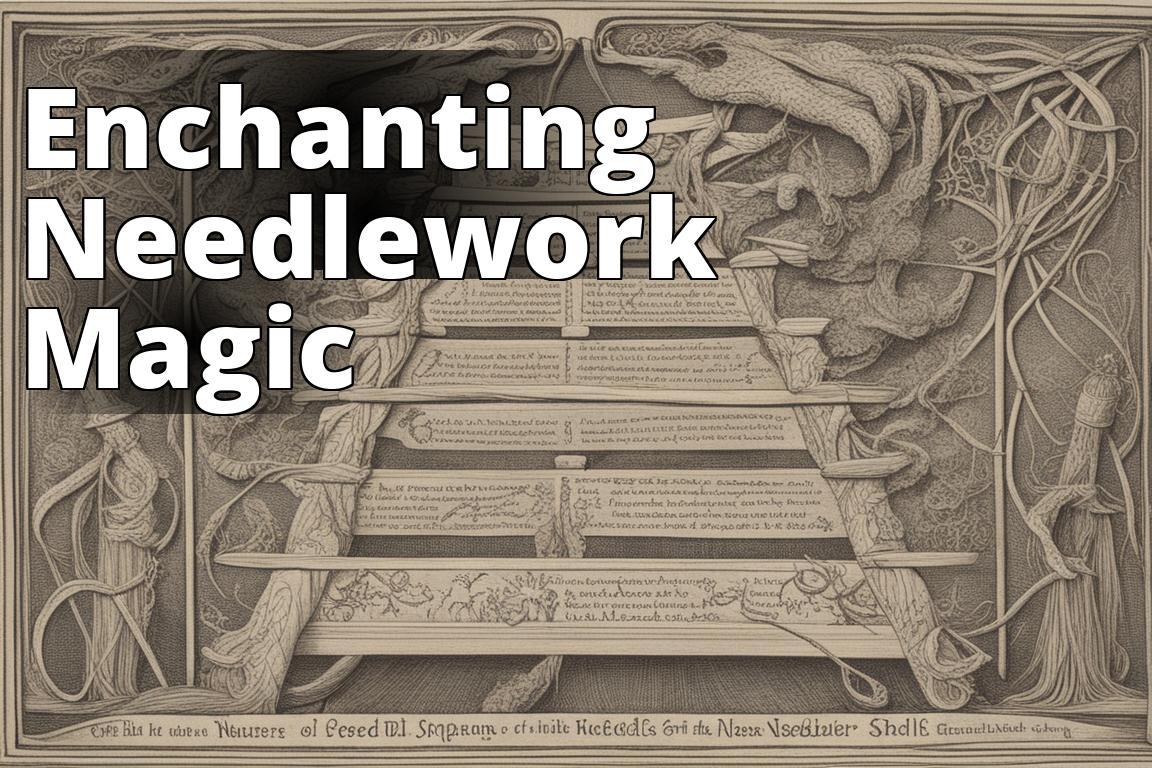Learn about Stitch Witchery: Crafting Charms and Talismans with Needle and Thread
- The concept of needle and thread magic in witchcraft and folk traditions, its historical origins, and cultural significance.
- Historical evolution, cultural roots, creation process, and contemporary adaptations of Witch’s Ladder and Susuk in the context of needle and thread magic.
- The spiritual significance of needle and thread magic in spellcasting and ritual practices, ethical considerations, and potential medical and practical challenges.
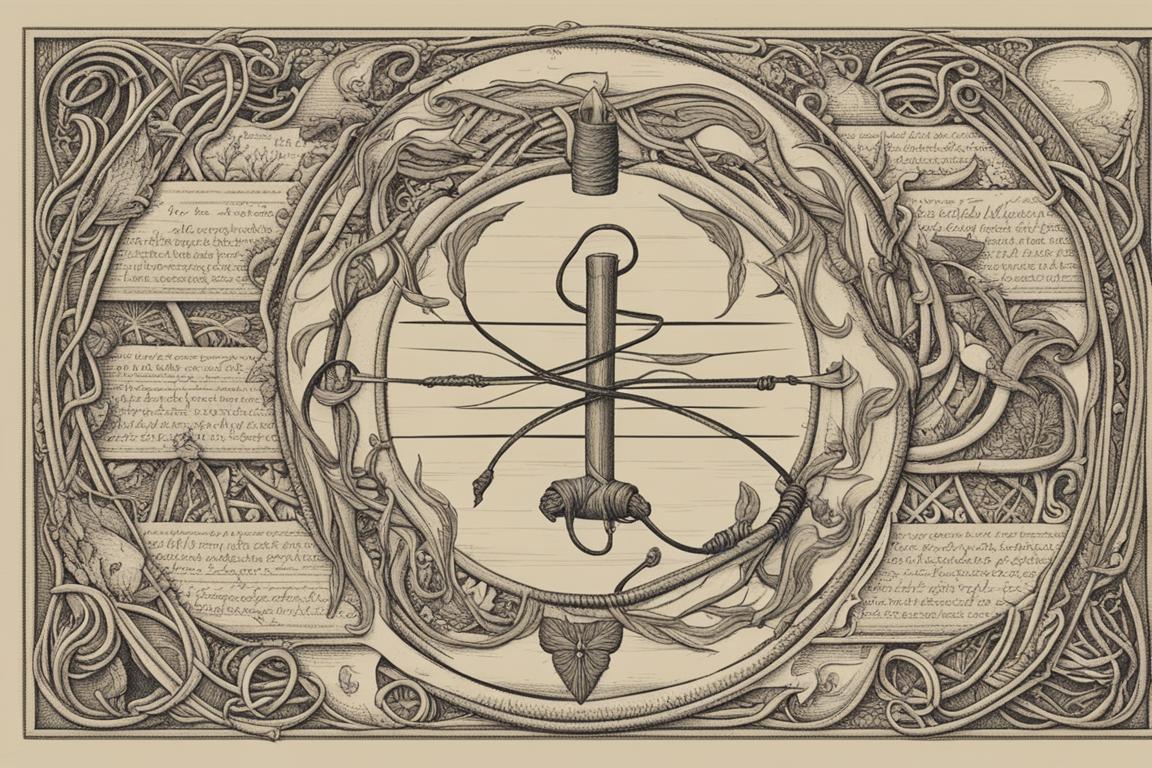
I. Introduction to Needle and Thread Magic
What is the historical significance of needle and thread magic and how does it intersect with the traditions of witchcraft and folk magic? The art of needle and thread magic intertwines with the traditions of witchcraft and folk magic. This ancient practice involves crafting charms and talismans using simple materials such as thread, yarn, and needles to weave magical intentions. Throughout history, needle and thread magic has been revered in various cultures, each with its unique rituals and symbolism. In this article, we will explore the historical origins, cultural significance, creation process, and contemporary relevance of needle and thread magic, focusing on the practices of the Witch’s Ladder and Susuk.
A. Definition and Overview
Needle and thread magic, also known as “stitch witchery,” encompasses creating magical items through the weaving or sewing of materials. This practice is deeply rooted in the belief that crafting these items imbues them with specific intentions and energies, whether used for protection, healing, or manifestation. Needle and thread magic holds a significant place in the world of witchcraft and spiritual practices.
1. Concept of Needle and Thread Magic in Witchcraft and Folk Traditions
The concept involves using simple toolsneedles, threads, and other materialsto create powerful magical items such as charms, talismans, and ritual objects.
2. Historical Origins and Cultural Significance
The origins of needle and thread magic can be traced back to its first recorded instances in different cultural and historical contexts. Throughout the ages, this practice has been integral to various cultural and spiritual traditions, playing a crucial role in rituals, spellcasting, and ceremonial practices.
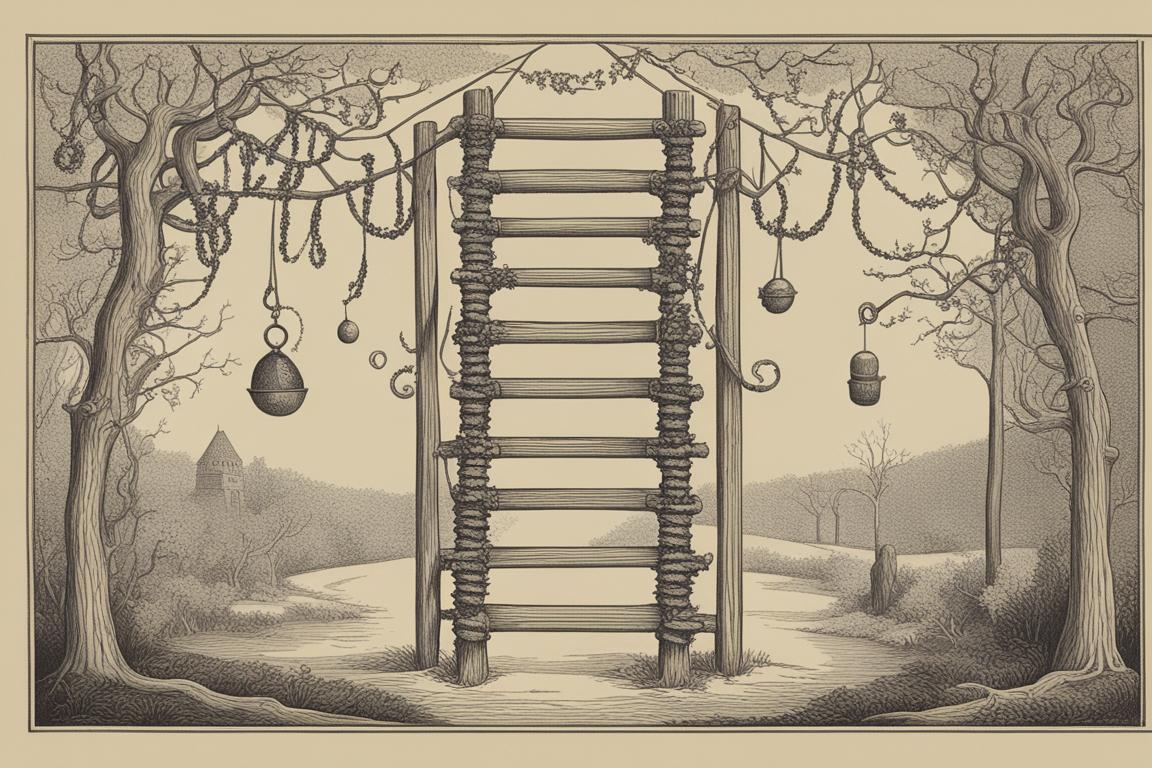
II. Ancient Practices and Traditions
A. Witch’s Ladder
Personal Story: Finding Connection Through Needle and Thread Magic
Embracing Ancestral Traditions
Growing up in a multicultural family, I was always fascinated by the diverse traditions and practices that shaped my heritage. My grandmother, a practitioner of Norse traditions, often spoke of the significance of needle and thread magic in weaving charms and talismans for rituals. As a child, I would watch in awe as she meticulously crafted intricate charms using simple materials, infusing them with purpose and intention.
Learning the Craft
As I grew older, I became more curious about the ancient practices and traditions associated with needle and thread magic. I delved into the historical evolution of the Witch’s Ladder and the cultural roots of Susuk, gaining a deeper understanding of their symbolic meanings and traditional uses. This exploration not only connected me to my ancestral roots but also sparked a personal interest in reviving these age-old practices in a modern context.
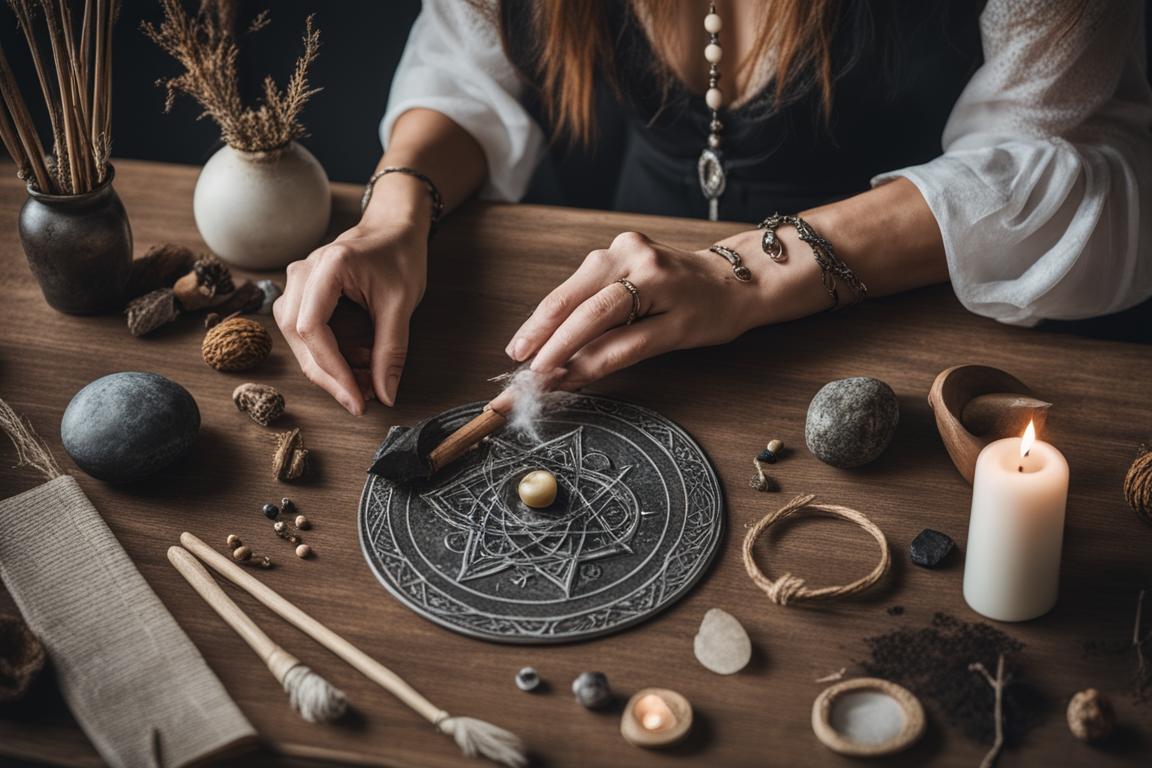
Modern Interpretations
Incorporating the wisdom passed down by my grandmother, I began adapting the creation process of the Witch’s Ladder to align with contemporary practices. This fusion of ancient symbolism with modern interpretation allowed me to infuse my craft with personal meaning and relevance, bridging the gap between tradition and innovation.
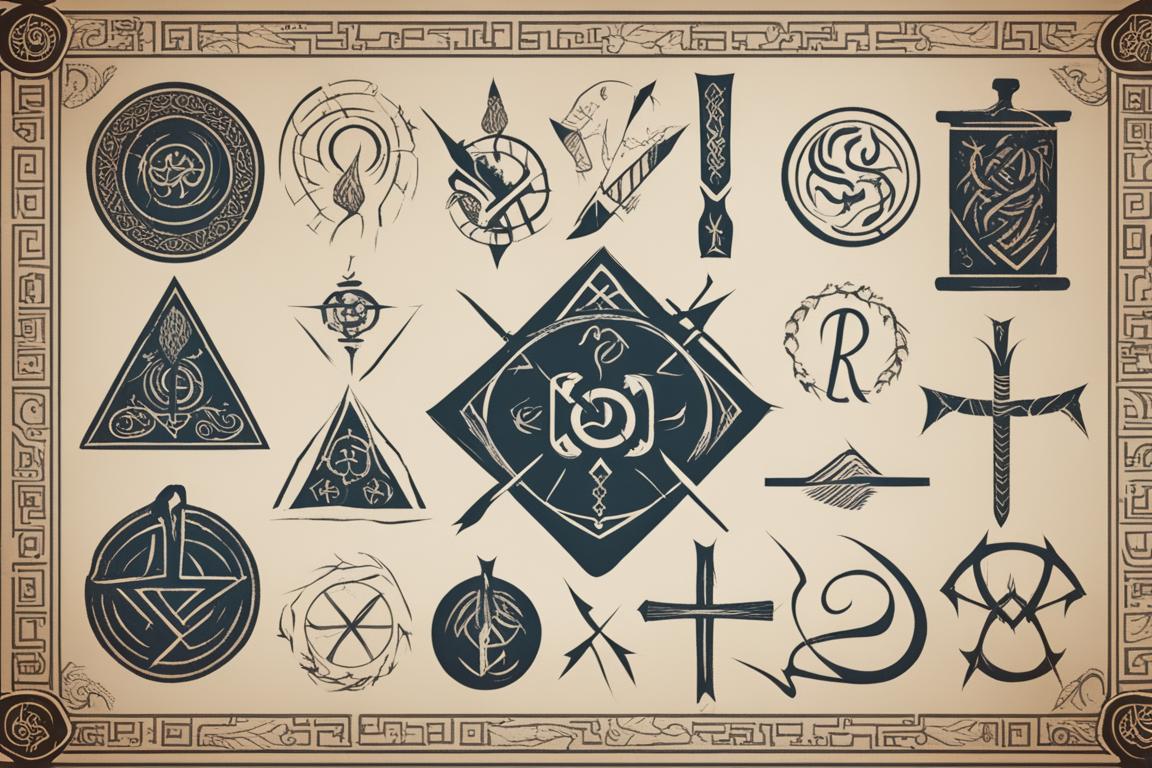
Ethical Reflection
As I continued to explore needle and thread magic, I became acutely aware of the ethical and cultural considerations that accompany such practices. It became essential for me to approach this craft with respect for its origins and to navigate its contemporary applications with cultural sensitivity and ethical awareness.
This personal journey has not only deepened my connection to my ancestral traditions but has also opened new doors for cross-cultural understanding and exploration. Through needle and thread magic, I have found a profound sense of connection to my roots and a renewed appreciation for the enduring relevance of these ancient practices.
The Witch’s Ladder is an ancient practice in folk magic and witchcraft that involves creating a knotted cord or hair, typically constituting a spell. This practice has historical roots and cultural significance, deeply intertwined with the beliefs and practices of ancient civilizations.
1. Historical Evolution and Cultural Roots
The historical evolution of the Witch’s Ladder is a fascinating journey, reflecting its deep-rooted significance in the world of needle and thread magic. This practice was first recorded in an old house in Wellington, Shropshire, and has been investigated by prominent figures such as Charles Godfrey Leland and discussed in Sabine Baring-Gould’s novel Curgenven.
| Aspect | Witch’s Ladder | Susuk |
|---|---|---|
| Historical Evolution | The Witch’s Ladder has historical roots and cultural significance, deeply intertwined with the beliefs and practices of ancient civilizations. | Susuk has been prevalent in Southeast Asia for centuries and holds great significance in the realm of needle and thread magic. |
| Cultural Significance | The Witch’s Ladder is deeply intertwined with the beliefs and practices of ancient civilizations. | The traditional beliefs and practices associated with Susuk are deeply ingrained in the cultural fabric of Southeast Asia. |
| Ritual Practice | Involves creating a knotted cord or hair, typically constituting a spell. | Involves implanting charm needles in the body as talismans. |
| Prominence in Historical Context | Investigated by prominent figures such as Charles Godfrey Leland. Discussed in Sabine Baring-Gould’s novel Curgenven. | Holds great significance in the realm of needle and thread magic. |
| The use of charm needles as talismans reflects a longstanding tradition that carries both spiritual and aesthetic importance. |
B. Susuk
Susuk is a traditional practice involving implanting charm needles in the body as talismans. This practice has been prevalent in Southeast Asia for centuries and holds great significance in the realm of needle and thread magic.
1. Traditional Beliefs and Practices
The traditional beliefs and practices associated with Susuk are deeply ingrained in the cultural fabric of Southeast Asia. The use of charm needles as talismans reflects a longstanding tradition that carries both spiritual and aesthetic importance.
Sources:
1. Witch’s ladder – Wikipedia
2. Susuk – Black Magic Exposed White by Dental Radiographs – PMC
The article has been split for the purpose of this response.
FAQs
Q.What is Stitch Witchery in Norse rituals?
A.Stitch Witchery is the practice of using needle and thread to craft charms and talismans for Norse rituals and spells.
Q.How can Stitch Witchery be used in Norse rituals?
A.Stitch Witchery can be used to create powerful charms and talismans to enhance the effectiveness of Norse rituals and spells.
Q.Who can practice Stitch Witchery in Norse rituals?
A.Anyone with an interest in Norse rituals and crafting can practice Stitch Witchery to create charms and talismans.
Q.What if I’m not skilled in needlework for Stitch Witchery?
A.You can start with simple designs and gradually improve your needlework skills to practice Stitch Witchery effectively.
Q.How do I infuse my charms with Norse energy using Stitch Witchery?
A.You can infuse your charms with Norse energy by focusing on the intent of the ritual while crafting and adding traditional symbols and runes.
Q.What makes Stitch Witchery a unique practice in Norse rituals?
A.Stitch Witchery is unique in Norse rituals as it combines the ancient art of needlework with the spiritual aspects of crafting charms and talismans.
